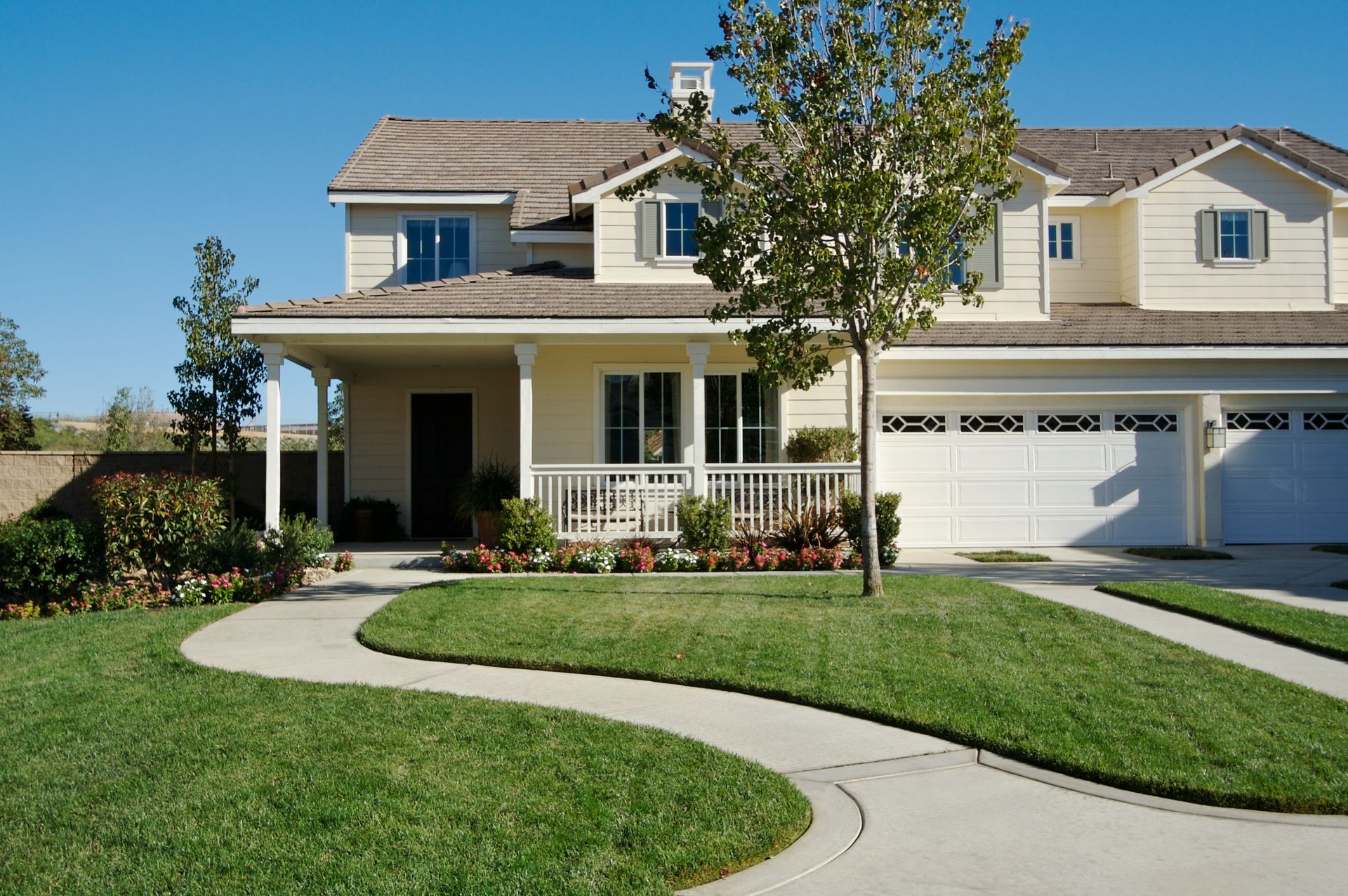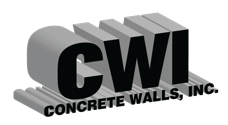Concrete is Eco-Friendly
5 benefits of building an eco-friendly home

Environmentally friendly practices are trending everywhere - from our food to our clothing to our homes. Improved practices in the construction industry today reflect the greening of building codes across America, and can be seen in advancements in window daylighting, insulation, air infiltration, and new wall-building materials.
But if you want to reap all of the benefits of an eco-friendly home, choose methods and materials that are even more energy efficient than the minimum required by building codes. If you want to reduce your energy consumption, conserve more and increase your property value, be sure to choose a builder who has a demonstrable record in eco-responsibility.
"A huge step forward is to replace the traditional wood framing of your house with what we call ICFs - insulated concrete forms," recommends Keven Rector at Nudura, a leading name in this technology.
More than a win for the environment, an eco-conscious home also offers the following surprising benefits to you and your family:
1. Maximum energy efficiency. With growing energy costs, building an insulated concrete form house is more energy efficient and can save you significant amounts of money on a yearly basis. Walls that reduce outdoor air infiltration greatly optimize energy performance.
2. Safety from natural disasters. "Our advanced design combines two panels of thick (EPS) foam with the structural strength and thermal mass of concrete," Rector explains. "The resulting envelope immediately gives your house hurricane wind-resistance up to 250 miles per hour." A home built with this concrete system is also fire resistant for up to four hours.
3. Less outside noise. If you have noisy neighbors or live near trains or high-traffic areas, this one's for you - ICF construction acts as an effective sound barrier, dampening sound vibrations and filtering out unwanted noise.
4. A more comfortable space. Outside cold can easily travel through a typical wood-framed wall, causing thermal bridging and creating uncomfortable cold spots inside your home. If you build the envelope of your house with concrete instead of wood, you can say goodbye to cold spots, drafts and even mold.
5. A faster building time. All new homeowners can't wait to get into their new house, but construction delays often postpone move-in dates. But ICF construction takes up less shipping space and require less manpower at the site, and the assembly is faster than wood framing. Time-strapped builders and eager homeowners benefit equally from this efficiency, taking you to that new-house smell that much sooner.
1441 Crow Haven Lane
Huntingtown, MD 20639
AREA OF SERVICE
Concrete Services in MD
Southern Maryland
Dunkirk MD
Charles County
St. Mary's County
Prince George's County
Anne Arundel County
